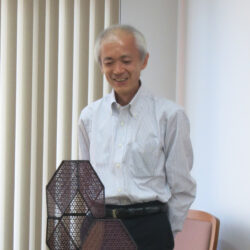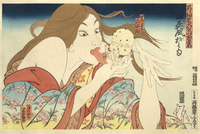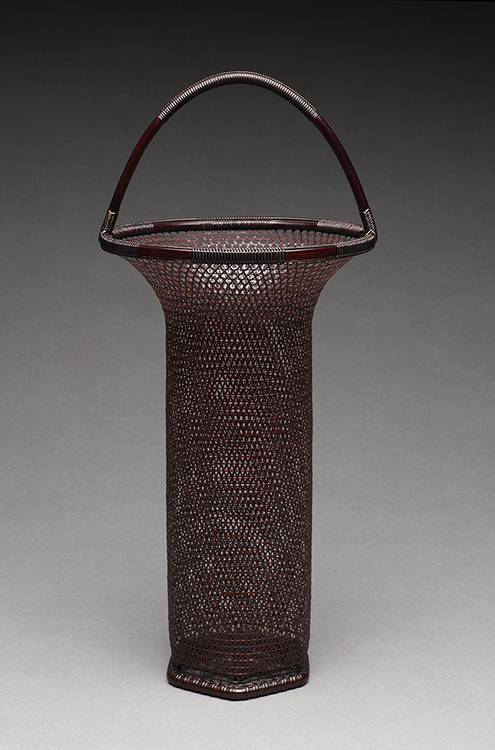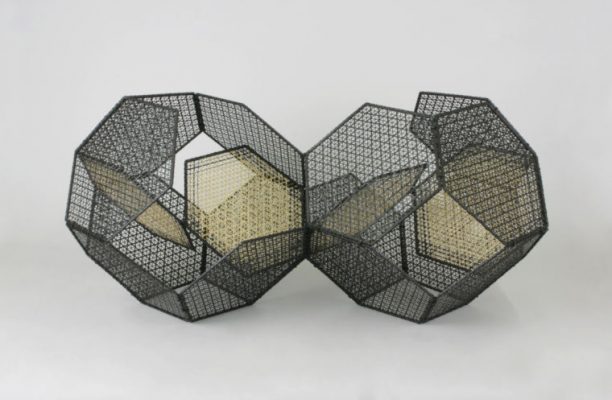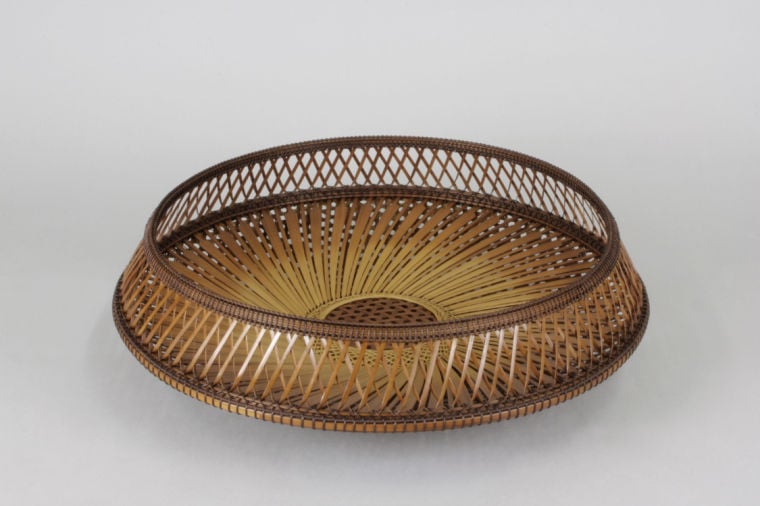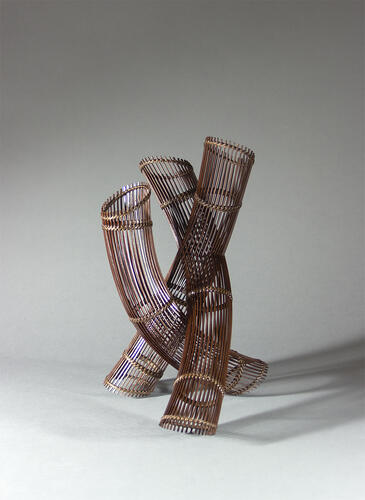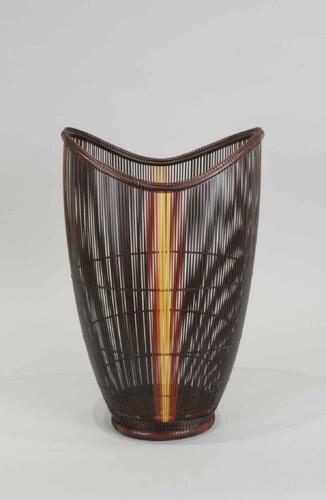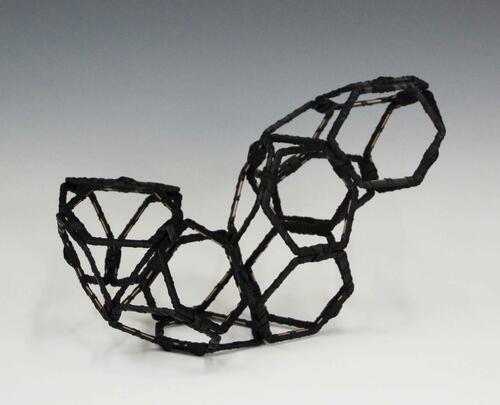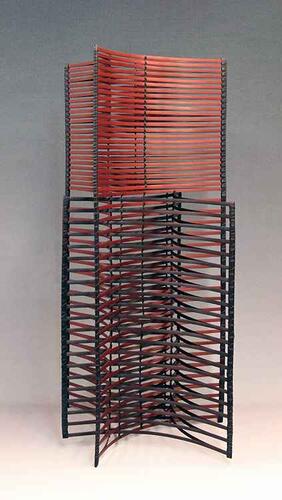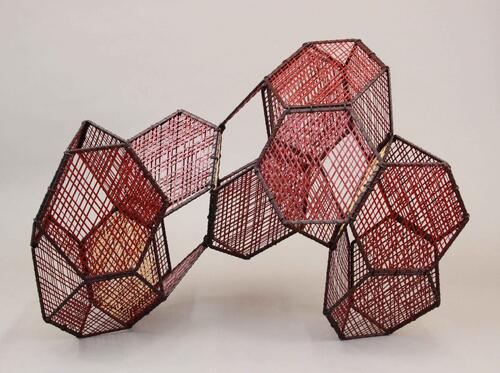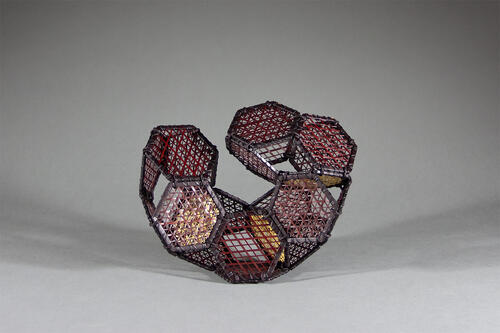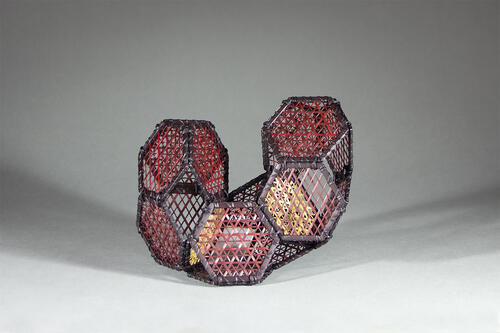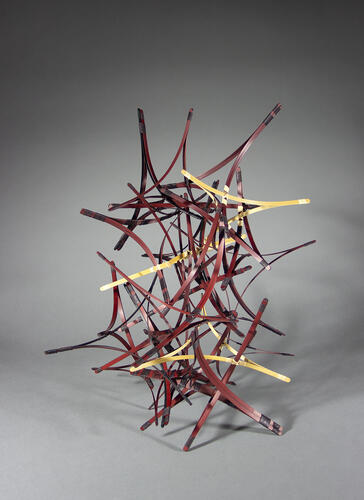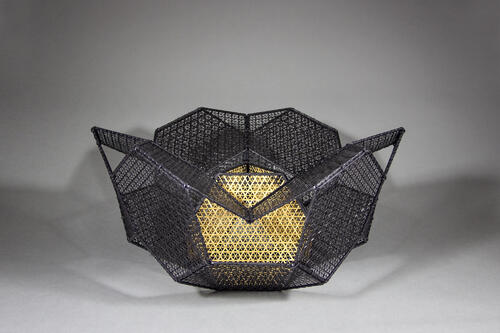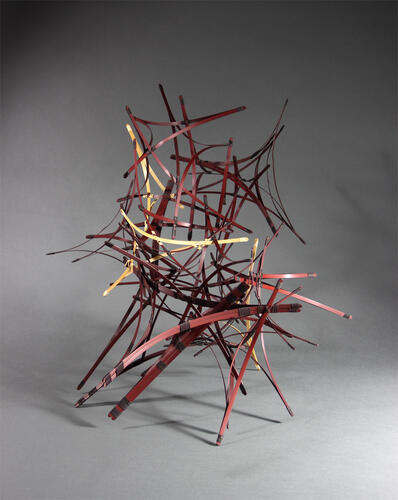SAN FRANCISCO, CA—Boundary-pushing paintings, sculptures, and works on paper by more than 15 artists including Yayoi Kusama, Ruth Asawa, Arakawa, and Masami Teraoka are on view from April 4 to July 15, 2019, at Heather James Fine Art, San Francisco, 49 Geary Street. We Were Always Here: Japanese-American Post-War Pioneers of Art provides an insightful chapter within the many cross-cultural narratives that developed and flourished in American art after World War II.
While several artists featured in the exhibition were born in the U.S., others chose the U.S. as their home. This convergence of identities—taking place during both a highly expressive and repressive period in America—resulted in particularly potent work, which expanded the vocabulary of painting while introducing new forms of sculpture and conceptual art.
“The artists featured in the show forever altered and enriched the artistic landscape in the United States through their work. It is especially fitting to present this exhibition in San Francisco, a city graced with a history of substantial cultural contributions made by Japanese Americans,” said James Carona, founder of Heather James Fine Art.
Exhibition highlights include Seashore of Rotterdam, 1988, a dot-motif painting by Yayoi Kusama; Untitled, c. 1950s, an intricate wire sculpture harnessing the power of the line while simultaneously expressing its transparency by Ruth Asawa; Miracle of the Door, 1964, a conceptual diagrammatic canvas by architect and artist Arakawa; and 31 Flavors Invading Japan, 1982, an Ukiyo-e inspired woodcut with hand watercolor on paper infused with humorous references to American pop culture by Masami Teraoka.
The exhibition also includes works by Nakatomi Hajime, Tadasky (Tadasuke) Kuwayama, Ueno Masao, George Miyasaki, Sadamasa Motonaga, George Nakashima, Isamu Noguchi, Kikuo Saito, Kay Sekimachi, Kumi Sugai, Honda Syoryu, Nakamura Tomonori, and Teruko Yokoi, among others.
While some Japanese and Japanese-American artists advanced divergently from the same influences, others converged onto similar paths. By putting these artists in dialogue with each other, the exhibition seeks to explore a richer history of Post-War art through new contexts.
About Heather James Fine Art
Heather James Fine Art presents a rare look into art history’s past and present, offering important works from a cross-section of periods, movements, and genres including Post-War, Contemporary, Impressionist, Modern, American, Latin American, and Old Masters.
In 23 years, Heather James Fine Art has expanded into a global network with galleries located in Palm Desert, San Francisco, and Montecito, California; New York, New York; and Jackson Hole, Wyoming; along with consultancies in Los Angeles and Newport Beach, California; Chicago, Illinois; and Austin, Texas.
Each year, its galleries present an array of museum-quality exhibitions exploring historical and contemporary themes, or examining the work of individual influential artists.
Heather James Fine Art is dedicated to bringing exceptional art to private clients and museums globally while providing the utmost personalized logistical, curatorial, and financial services.
###
Press Contacts:
Heather James Fine Art California: Busby Group, Parinaz Farzin, parinaz@aboveparpr.com, 310-600-6746
Heather James Fine Art New York: Nicole Straus Public Relations, Cecilia Bonn, cbonn@nyc.rr.com, 212-734-9754

